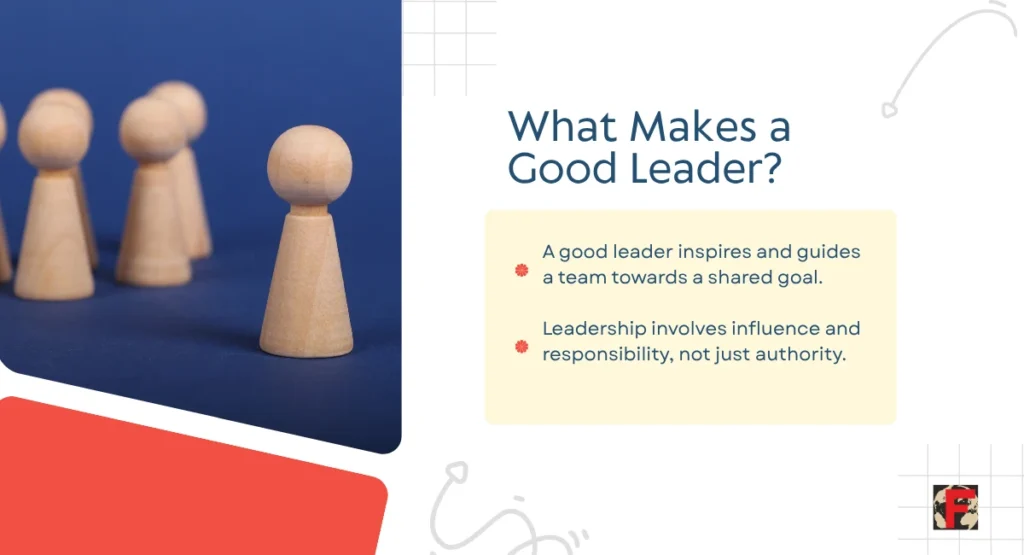In the current business world that has become very competitive, the modern CEO is much more than a corporate head that occupies the top most positing within an organization structure.
They are futurists, both managerial and operational, cultural designers and people who are attempting to make meaning of the uncharted change.
Whether it is the disruptive changes in the world or technological revolution, the CEOs are continuously adapting and so are their leadership styles.
Top down decision making and autocratic leadership belongs to the history times.
The CEO of 2025 is flexible, compassionate and future focused. Then what does that really look like? What goes into the making of today elitist executives, actions, and plans? The article goes into the mind of a modern CEO, piercing through the evolving behaviour which defines great leadership styles in the current context.
The Past Vs. Present CEO
Previously, the CEOs used to be hard nose decision makers who only focused on numbers. They mostly had command and control school of thought and had little openness, employee involvement, or openness. Quarterly results and stockholder value were used as measures of results.
Yet, as time passed, and particularly under the impetus of the COVID 19 crisis and the social revolutions of the 2020s, leaders had no other choice but to change. Modern CEO is supposed to be a combination of many roles: a crisis manager, a carrier of culture, digital transformer, and diversity advocate.
Such needs altered the leadership styles giving rise to a new archetype, in which an impact is more important as compared to an ego.
The Main Differences of the Modern CEO Leadership

- Empathy Leadership
The best CEOs in recent years have discovered that emotional intelligence is not a soft skill, but a competitive necessitate. Subsequently, with the help of empathy, leaders will be capable of establishing trust and reducing turnover and enhancing engagement. The highly valued leaders today govern with compassion and genuineness.
Case study: Satya Nadella of the Microsoft Company turned around the culture of the firm by ensuring that empathy takes the center of the strategy. It is believed that his leadership style has helped Microsoft become one of the highly valued firms in the world—not to mention boosting the morale of employees and retention. His leadership approach is also an example of decision making under pressure that builds people rather than breaks them.
- Data Informed Decisions Making
The current leaders combine intuitive decisions and facts. CEOs are turning more and more to real time dashboards, predictive analytics and consumer data to drive their vision. Numbers do not command them, however, data is supplementary to intuition.
Example: Jeff Bezos not only is data driven but also highly depends on his profile popularly known as a regret minimization framework. In the creation of Amazon Web Services to the acquisition of Whole Foods, he was able to mix measurement with the idea, which turned business upside down—classic decision making under pressure with long-term foresight.
- Agile Mindset
Fixed plans are no longer in the cards of CEOs in 2025. They should be able to take fast turnoffs due to changing market trends or customer preferences or technology shocks. A mobile frame of mind generates durability and continuous creation. This agile outlook is a critical trait in leadership styles that thrive under uncertainty.
Case in point: Daniel Ek, the head in Spotify, used squad based teams so as to stay in sync and innovate. This nimble structure (agile structure) has enabled Spotify to lead the pack and swiftly respond to user patterns and trends in the platform.
- First Leadership Purpose
The CEOs currently realize that it is employees and customers who fervently live in love with the values of a brand. Purpose driven companies not only perform at the top—they create the trust and loyalty.
Case in point: The CEOs of Patagonia were ever environmentally conscious. Their radical moves e.g. trying to steer away from Black Friday shopping or giving a share to green causes has made the brand so bold that it has attracted the best employees.
The Secrets of Daily Habits of Visionary CEOs
It is also interesting to observe the daily habits of the CEOs to get to know more about their leadership styles. Unique in their own way, there are common habits that show what goes on to their mind:
• Morning mindfulness: CEOs start their day by meditating or thinking. This helps them retain a sober outlook of thinking and reason well.
• Focused learning: Great CEOs are constantly learning. They read extensively, listen to podcasts, and seek out various viewpoints.
• Team immersion: Exceptional leaders take time listening—yes, even more than talking. They hold open office hours, have skip level meetings, and value internal feedback.
Case Study: Mary Barra, CEO of General Motors
Barra is a leader among today’s CEOs. Picked to take the reins of a historically male dominated sector, she’s guided General Motors through historic shifts—most recently, a pledge toward an all electric future.
She balances fact based engineering with compassionate, values driven communication. She’s also spearheaded workplace diversity, hybrid work arrangements, and ethical supply chain sourcing.
Her method shows the way that being both decisive and human can create meaningful impact—a model example of decision making under pressure that aligns business with purpose.
Case Study: Jane Fraser, CEO of Citi group
Jane Fraser was the first woman to head a major U.S. bank in November. But more than her rank, it’s her innovative leadership style that has differentiated her.
She pioneered hybrid work well ahead of peers and started wellness initiatives that focused on employees’ mental well being. Fraser also took a strong position on societal matters, and ESG (environmental, social, and governance) became a cornerstone of the bank’s strategy.
Fraser’s leadership demonstrates that business intelligence and emotional intelligence are not adversaries—they’re complementary partners. She exemplifies decision making under pressure that centers on human outcomes.
The CEO as Culture Shaper
Culture isn’t an HR issue anymore—it’s a strategic strength. CEOs are now measured not only on numbers but on the type of environment they establish.
• Diversity, Equity, and Inclusion (DEI): CEOs are now looked up to as champions of inclusivity.
• Well being: Wellness is increasingly recognized as an aspect of productivity. Careful leaders who prioritize the well being of their teams have improved results.
• Transparency: Whether profits, layoffs, or difficulties, CEOs today speak openly and often.
Successful leadership styles in 2025 are based on authenticity and accountability.
Challenges for Contemporary CEOs
Despite having developed leadership styles, current leaders experience considerable pressure:
• Managing hybrid workforces between time zones
• Handling climate risk and digital ethics
• Managing stakeholder activism and rapidly shifting consumer values
To thrive, CEOs have to balance the long game with short term pressures—remaining emotionally and mentally tough, and mastering the art of decision making under pressure.
Conclusion: The Future Is Human
What we find when we look within the mind of a contemporary CEO is not only business numbers. We find relationships, high pressure decisions, and a deep dedication to purpose and people.
Leadership styles in 2025 are not about power—they’re about influence. They’re not fixed—they’re about flexibility. And they’re not about ego—they’re about empathy.
From Satya Nadella’s culture first strategy to Jane Fraser’s mental health initiatives, visionary CEOs today are redefining what it means to lead.
The most successful leaders are the ones who listen more than they talk, who think longer than quarterly returns, and who know that a company’s most valuable asset is never the product—it’s the people.






